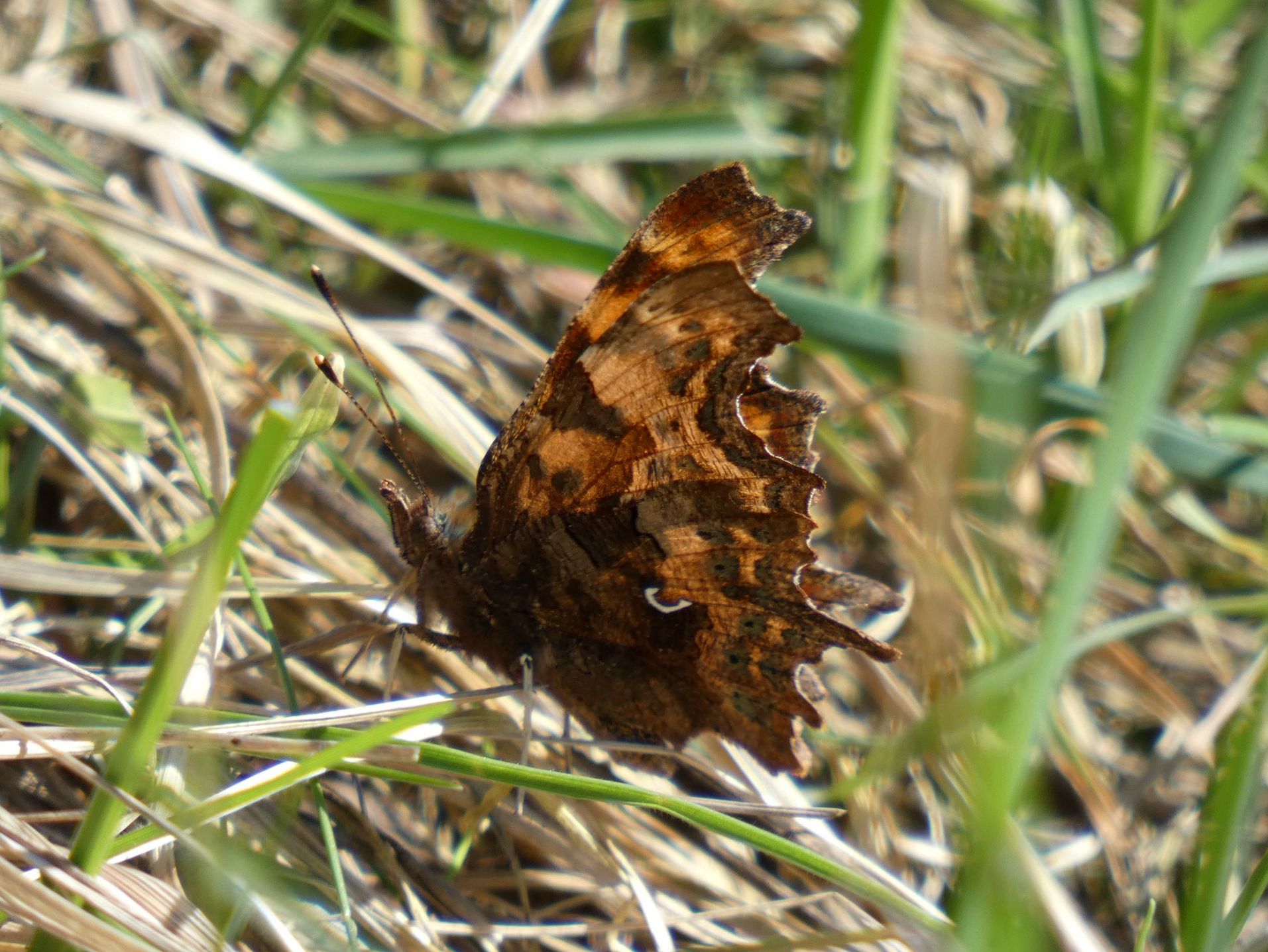Comma (Owen Beaumont)
Every five years or so, since the start of the century, Butterfly Conservation and its partners have produced an up-to-date assessment of the changing fortunes of the UK’s butterfly species. The latest such assessment, The State of the UK’s Butterflies 20221, was published in February and contains long-term trends derived from countrywide citizen science schemes involving tens of thousands of participants.
UK butterflies are one of the most comprehensively monitored insect taxa in the world, with spatially extensive data on species distribution and population abundance dating back to the 1970s. These data, collated through the Butterflies for the New Millennium recording scheme and UK Butterfly Monitoring Scheme (UKBMS), enabled the estimation of long-term trends (from the 1970s to 2019) in both distribution (occupancy) and abundance for almost all species at the UK level and for many species separately in each of the four UK countries.
In terms of abundance at UKBMS monitored sites, slightly more species have statistically significant long-term declines in the UK than have increased: 33% of species have decreased significantly and 26% increased significantly. For distribution change, nearly four times as many species have decreased as have increased (52% show a significant decrease versus 14% with a significant increase). A combined assessment shows that almost twice as many species (61% versus 32%) have decreased significantly in one or both measures in the UK since the 1970s as have increased significantly in one or both.
The new report also contains multi-species indicators, which provide a different way to summarise the long-term trends of UK butterflies. The all-species abundance indicator shows little overall change meaning that, on average, UK butterflies have fairly stable abundance trends. However, an indicator containing just the habitat specialist species, those that can only maintain breeding populations in semi-natural habitats, shows a 27% abundance decrease. The all-species distribution indicator shows that, on average, UK butterflies have lost 42% of their distribution since the 1970s and habitat specialists have fared even worse (68% decrease).
The State of UK’s Butterflies 2022 contains, for the first time, separate species abundance and distribution trends, as well as multi-species indicators, for each UK country. Overall, these present a gloomy picture, with Scotland the only country in which butterflies show a long-term increase and, even here, habitat specialists have declined on average.
Thanks
The State of UK’s Butterflies 2022 was kindly supported by a grant from the Ernest Kleinwort Charitable Trust and a generous legacy in memory of David Barbour.
Richard Fox
Head of Science, Butterfly Conservation
1. Fox, R., Dennis, E.B., Purdy, K.M., Middlebrook, I., Roy, D.B., Noble, D.G., Botham, M.S. & Bourn, N.A.D. (2023) The State of the UK’s Butterflies 2022. Butterfly Conservation, Wareham, UK.


